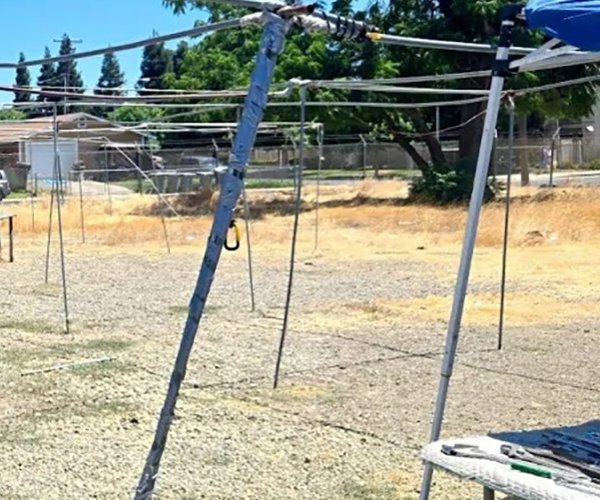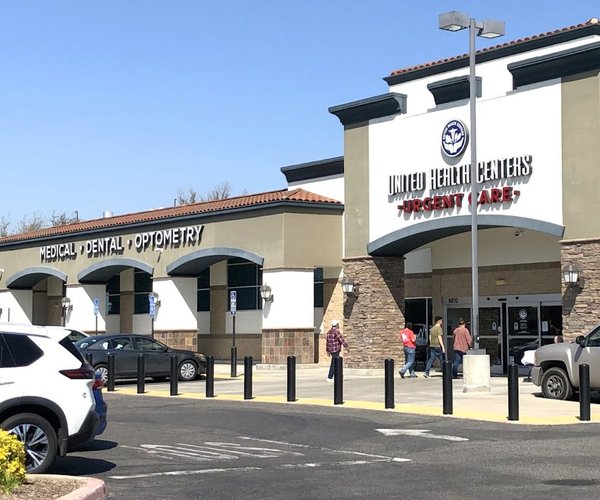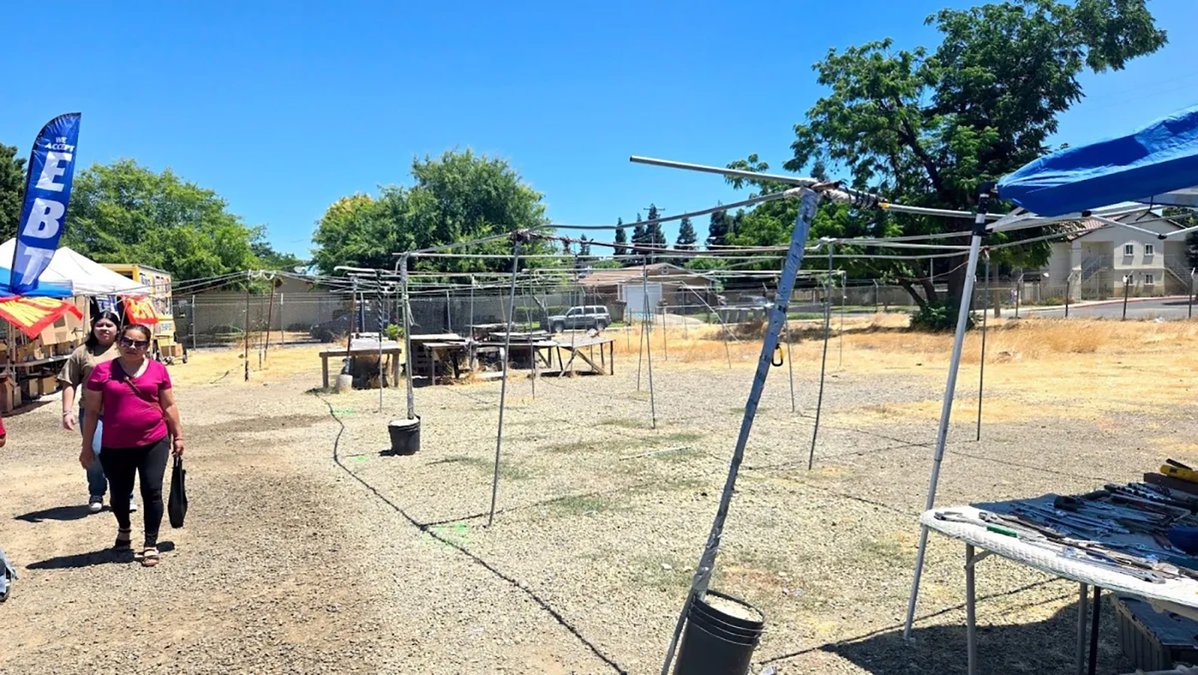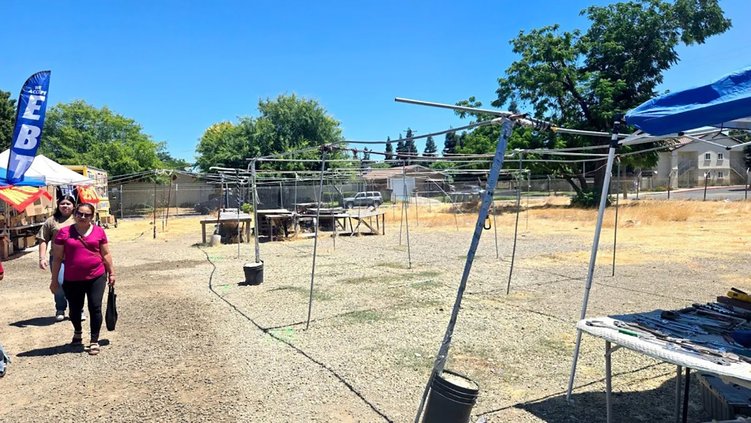Pieter Hoex described to the Turlock City Council on Tuesday the traffic in front of his home near the Pitman High School campus as being like a daily "speedway," with drivers traveling at a high rate of speed through his residential neighborhood. After conveying the frequency that he sees hazardous driving on his street, he had one request of the City of Turlock: "I'd like to get a couple of speed bumps in there, the higher the better."
Hoex's request for speed bumps is nothing new for the City's Engineering Department.
"Over the past few years we've seen an increase in the reports of speeding in residential neighborhoods," said Turlock Capital Project Coordinator Wayne York, who went on to tell the Council that the City receives requests for speed bumps and other traffic calming measures at least once a week.
In response to this high demand for something to be done to discourage speeding , the City Council adopted Turlock's first Traffic Calming Program.
The program offers residents a way to get a traffic calming measure — speed bumps or lumps, a radar feedback sign or a median island —installed in their residential neighborhood. Although those potentially 52 residents a year that complain about speeding now have an official process for seeing something done about it, there is a catch —they have to pay for it themselves.
"The applicant will be responsible for paying all costs to the City associated with the project. Typical projects costs include: traffic studies, materials and labor, project design and inspection, estimated lifetime maintenance costs, refundable security deposit and public noticing," states the policy.
The costs start with a $400 application fee that is used as a deposit for City staff to conduct necessary studies and on-site evaluations. The actual installation of a speed bump or median could cost thousands of dollars.
During Council discussion of the Traffic Calming Program, Council member Matthew Jacob had a few reservations about the cost.
"I have a struggle with asking the applicant to front the money for something that would make their area safer," said Jacob. "It seems to be something that would promote the wealthier neighbors to be able to have safer streets and the lower income areas, places where there are renters, to not be able to afford to have those measures put in."
City staff were directed to look into possible ways to provide application fee waivers for low-income applicants, however, Mayor Gary Soiseth and Vice Mayor Amy Bublak both expressed concern with the City deciding which areas would receive public funding for the evaluation process.
The Council decided to move forward with the program with no fee waivers and then re-evaluate the process in three months.
Before an application for a traffic calming measure gets to the evaluation process, however, it first must go through the Turlock Police Department's Traffic Safety Unit.
When the Traffic Safety Unit receives a Traffic Calming Request Form, a police officer will evaluate the request and may provide a short-term solution such as targeted enforcement of speed limits, temporarily setting up a radar speed trailer or sampling speed and volume data for the area.
If after a continuous, targeted enforcement period of at least 30 days the Traffic Safety Unit notes there is a persistent speeding problem, they will then forward the application to the City Engineering Division.
The Engineering Department will then make a determination if a traffic calming measure is warranted. There are four pre-approved traffic calming devices, speed bumps or lumps, a radar feedback sign or a median island. By State law, stop signs cannot be used to control speed.
If an application makes it through the Engineering Department, then the applicant needs to submit approval signatures from at least 75 percent of property owners adjacent to the area in question. A public hearing will then be held.
If after all that the project is approved, the applicant will then need to submit payment to the City for the estimated cost of the project and find a contractor to complete the work.
For more information about the Traffic Calming Program, contact the City Engineering Department at 668-5520.









